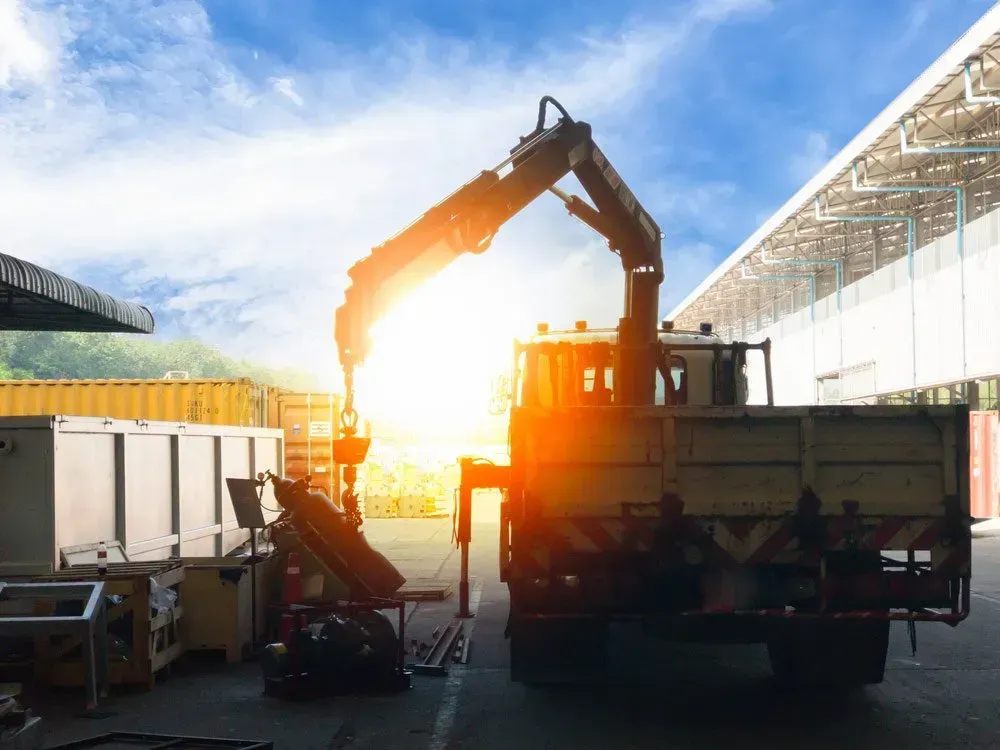How Do Cranes Work?

Cranes are vital pieces of equipment for building towers, skyscrapers and tall structures. They’re able to move extremely heavy loads to the correct position, opening up new ways for constructing buildings.
Whilst you’re likely to have seen cranes on construction sites you might not fully understand how they work.
In this blog, we answer that question – how do cranes work?
Performing Lifts
Cranes are designed to lift heavy materials like steel and concrete. Regardless of the load, a crane uses the same basic function to perform a lift every time. The load is attached to the crane’s hook by specialist riggers on the ground.
This ensures that the load is stable. The crane operator then uses a series of manoeuvres to move the load into the right position.
Moves that crane operators use include rotations that spin the crane’s direction, hoists to raise the load, and trolley travel to move the road along the crane’s horizontal section and into the correct position.
What Do Crane Operators Do?
A crane couldn’t work effectively if it didn’t have a skilled operator. Operators sit inside the cabin and are responsible for manoeuvring the crane. Crane operators also need to perform a safety check of the machinery before starting work.
Inside the cabin, the crane operator works the crane using two joysticks to manoeuvre it in different ways. The crane operator also needs to monitor computer safety systems that track weight capacity and wind speeds to ensure that every lift is safe.
These systems include a load moment indicator to ensure that every lift is within the right safety parameters.
Parts Of A Crane
The different parts of the crane are all vital for it to work successfully. Cranes may seem complex but it’s usually quite easy to identify the different parts. The tower or mast is the long vertical part of the crane extending up from its base.
At the top of the tower, there’s a turntable that allows the crane to rotate 360 degrees. The cabin is near to the turntable and gives the operator an unobstructed view.
The horizontal part of the crane is the jib. The jib is equipped with a trolley and hook block. These parts allow loads to be moved along the whole length of the jib. Behind the cab, a counter jib with counterweights ensures that the crane remains stable.
The tower peak or apex rises up above the cab and serves to stabilise the jib and counter jib. The main winch and motors sit at the back of the counter jib and allow the rope and hook to be raised or lowered to transport loads.
Contact Us For Crane Hire
AMAC Cranes are
crane hire specialists, covering the whole of the Sunshine Coast.
We have a high quality, professionally maintained fleet that’s suitable for a wide variety of different jobs. We offer affordable rental as well as reliable mechanical repairs for cranes.
Get in touch
now to discuss our services.












